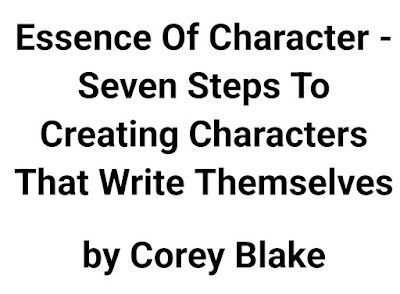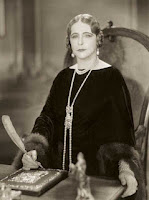Conflict and Resolution in the Romance Novel
by Linda Shertzer
Creating a good conflict in a romance is only one side of the writing dilemma. The other, equally important side is: how does one resolve that conflict?
The conflict must be one that, by the potential for action and emotional drama that it promises, will immediately draw the reader into the story. On the practical side, it must also be sustainable through approximately 90,000 words.
It must define the personal characteristics of the hero and heroine. He or she must be the kind of person who would become involved in such a conflict, and on a particular side of that conflict. Or, if they are thrust unwillingly into the conflict, it will define their personal growth through its resolution. The conflict defines the relationship between them as friends, as antagonists, and as lovers. It can also define their relationship to secondary characters.
Most important of all, the conflict must be one that is able to be resolved in a way that is both the logical outcome of all events, and is also satisfying to the characters involved as well as to the reader.
One often-heard suggestion on how to create sustainable conflict has been to place the hero and heroine on diametrically opposed sides of a major social or political event. These are situations that hold the potential for a great deal of emotional turmoil, as well as lots of action, which can enhance the escalating sexual tension necessary in a romance. At first glance, this sounds like a good idea.
However, your job as an author is not only to create the conflict and the tension, but also to resolve it. This is especially important in a romance novel, where your reader expects the hero and heroine to form a lasting, loving relationship. You, as the author, must never disappoint your reader!
If the goals of your hero and heroine are completely opposite, as you resolve the plot, one must win and one must lose. If the heroine wins, the hero turns into a wimp. No one wants a wimpy hero! If the hero wins, your story has turned into just another tale of how the masterful male overcomes the ditzy weakling, and outdated, female. What we are left with is basically a No-Win Situation with lots of room for resentment on both sides. The capacity to forgive and forget set aside, your "losing" character may seem less of a person if they are willing to relinquish a long-cherished, firmly-held dream to be totally subsumed in a relationship. The No-Win Situation may be the logical resolution of the conflict, but it may not be the emotionally satisfying conclusion your reader expects and deserves.
For me, the best plots make the hero's and the heroine's goals the same. Sounds silly. Sounds impossible! If they're both working toward the same goal, where's the striving? Where's the conflict?
In reality, there are two types of conflict: the apparent conflict and the underlying conflict. The apparent conflict is loud and showy, and starts your novel off with a bang. It seems irresolvable. It may eventually be resolvable, but the solution lies beyond the control of your hero and heroine, as in the outcome of a battle or natural disaster. As devastating as it may seem, it may be of relatively minor importance in the actual relationship between hero and heroine. The underlying conflict gradually makes itself shown through the unfolding story. This conflict is what is really important to the continuing relationship of your hero and heroine, and is resolvable. Not easily resolvable, I'll grant you, but there is a solution.
In setting out the apparent conflict of your novel, you must always keep in mind the underlying conflict. Just as the romantic relationship develops, the underlying conflict must be revealed bit by bit. In the apparent conflict lie the seeds for the resolution of the underlying conflict.
If he's a Yankee soldier and she's a rebel spy, their goals aren't the same, surely. There is little chance for their happiness beyond what the actual historic resolution and the passage of time will allow. But their basic goal is the same — a yearning for safety, justice, and peace. Their underlying goal must not be in conflict, but in concert. The best method to use to obtain their goal is what must be in strong conflict. As they go about achieving their underlying goals, they must eventually come to realize that these goals are actually the same goal approached from two diametrically opposed angles. Therein lies the opportunity for compromise, to see the other person's goal through their eyes and in so doing, to become one with that person. This, in turn, is the key to their romance.
In Home Fires, my first Americana historical from Berkley, my hero, Ben Cameron, wants to keep his orphaned niece Meggie with him on the farm. My heroine, Emily Shaw, wants to take her late brother's child to her home back East, where she'll enjoy all the benefits the family fortune and social class can provide. The methods of obtaining their goals are in direct conflict, with the potential resolution that these people will never see each other again.
But Ben and Emily's basic goal is the same. They both want to provide a good home for the child — which can be resolved in a way that nobody loses.
In a romance, the good guys (all of them) should always win.
Copyright © Linda Shertzer
About the Author
Linda Shertzer has written 20 historical romance novels under her own name, as well as under the pseudonym Linda Kreisel, including Regency Romances as Melinda Pryce. She has served as a judge in both local and national level romance writers contests. She is the past president of two local writers associations, and a founding member of a third organization. She has a Masters Degree in Historical Studies. She also teaches creative writing at the local community college.
Free Writing Books Index


_(cropped).jpg)


